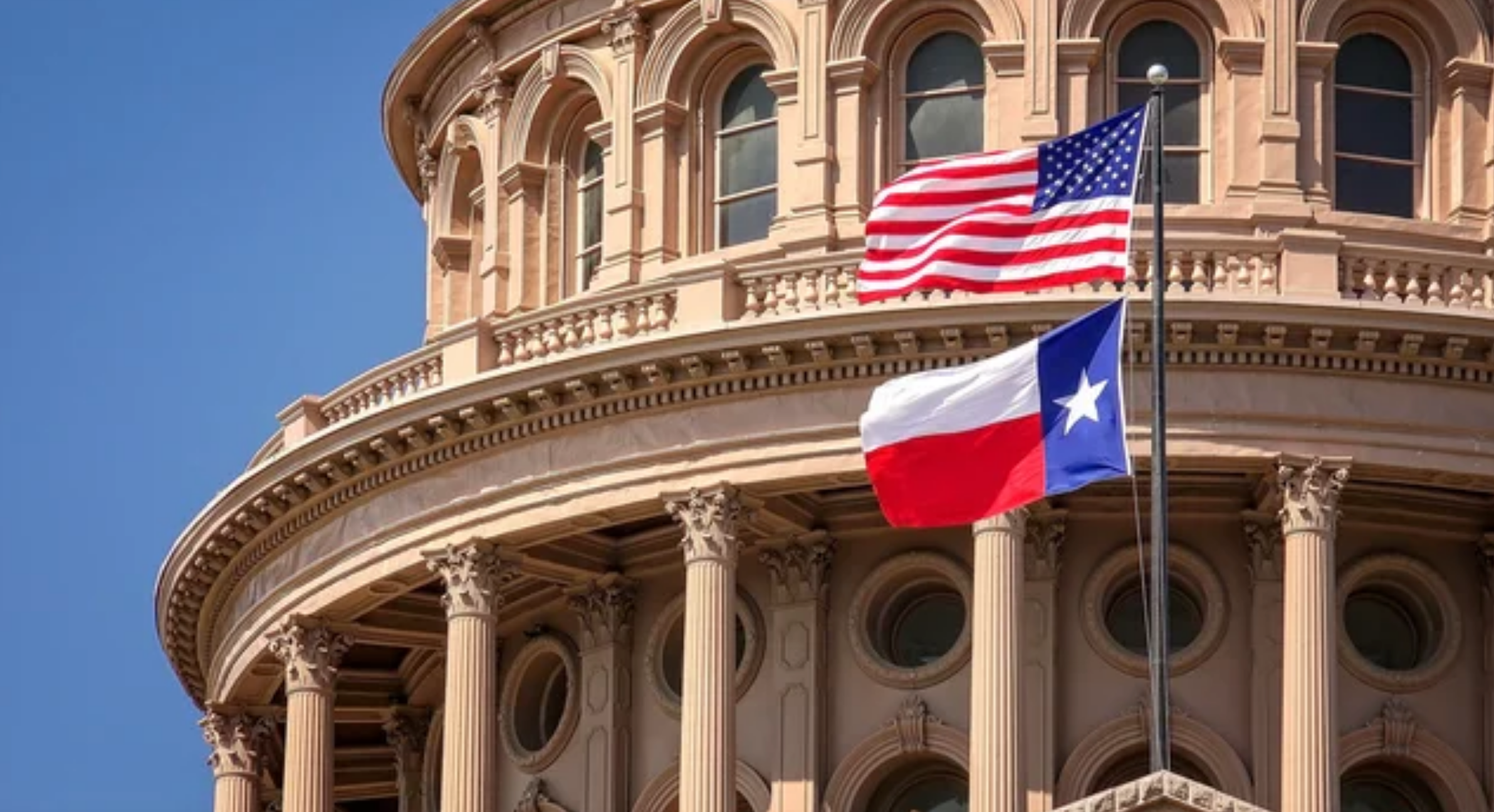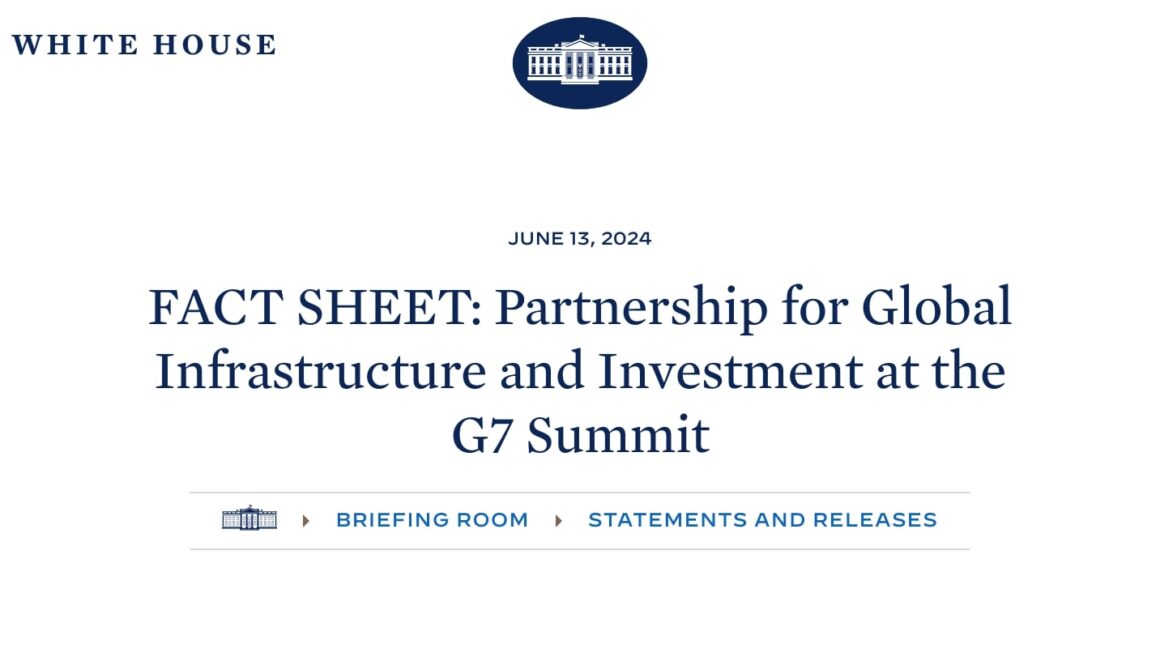Texas, one of the largest states in the United States, has recently made a bold move by announcing their plans to create a gold-backed digital currency. This move is seen as a significant step towards decentralisation and providing an alternative to the traditional banking system. In this article, we will explore the implications of this move, how it works, and what it means for the future of finance.
What is a gold-backed digital currency?
Before diving into Texas’ latest move, it’s essential to understand what a gold-backed digital currency is. A gold-backed digital currency is a digital token that represents ownership of a specific amount of gold. This means that each token issued is backed by a certain amount of gold held by the issuer, giving it intrinsic value.
How does Texas’ gold-backed digital currency work?
Texas’ gold-backed digital currency, also known as the Texas Bullion Depository (TBD), is designed to provide an alternative to the traditional banking system. The TBD is a state-administered facility that will allow individuals, businesses, and other entities to store their precious metals holdings securely. Users will be able to buy, sell, and transfer precious metals such as gold, silver, and platinum using digital tokens that represent their holdings.
The TBD will also enable users to make purchases using their digital tokens, effectively creating a gold-backed currency that can be used as a means of exchange. The digital tokens are backed by the physical precious metals held in the state-administered facility, ensuring that each token issued has intrinsic value.
What are the implications of Texas’ gold-backed digital currency?
Texas’ move towards creating a gold-backed digital currency is significant in several ways. First, it provides an alternative to the traditional banking system, which is often centralised and controlled by a small group of individuals. By creating a decentralised alternative, individuals and businesses can avoid relying on the traditional banking system, which is often subject to government regulations and restrictions.
Second, the creation of the Texas Bullion Depository and its gold-backed digital currency will likely attract investors and businesses seeking to diversify their holdings. Precious metals such as gold, silver, and platinum have been a store of value for centuries, and the introduction of a gold-backed digital currency may further solidify their position as a safe haven asset.
Third, Texas’ move towards creating a gold-backed digital currency could potentially serve as a model for other states and countries. If successful, other states and countries may follow Texas’ lead and create their own state-administered digital currencies backed by precious metals.
The future of finance
Texas’ move towards creating a gold-backed digital currency is an exciting development in the world of finance. It provides an alternative to the traditional banking system, allows for diversification of holdings, and potentially serves as a model for other states and countries. While it remains to be seen how successful the Texas Bullion Depository will be, it’s clear that the future of finance is becoming increasingly decentralised.
FAQs
-
Why did Texas decide to create a gold-backed digital currency? Texas’ move towards creating a gold-backed digital currency is seen as a step towards decentralisation and providing an alternative to the traditional banking system.
-
What is a gold-backed digital currency? A gold-backed digital currency is a digital token that represents ownership of a specific amount of gold. Each token issued is backed by a certain amount of gold held by the issuer, giving it intrinsic value.
-
What are the implications of Texas’ gold-backed digital currency? The creation of the Texas Bullion Depository and its gold-backed digital currency will likely attract investors and businesses seeking to diversify their holdings. It also provides an alternative to the traditional banking system and may potentially serve as a model for other states and countries.














